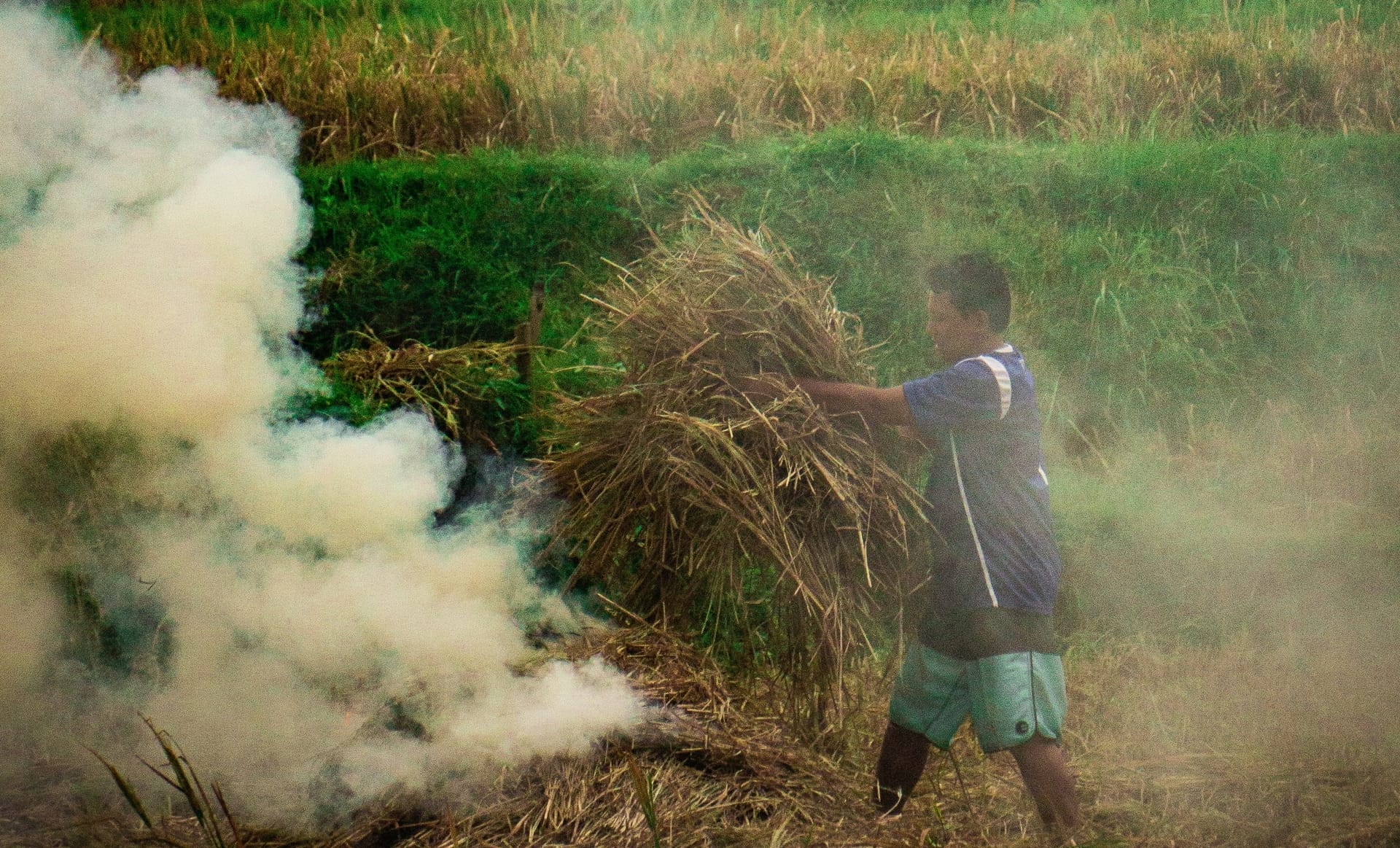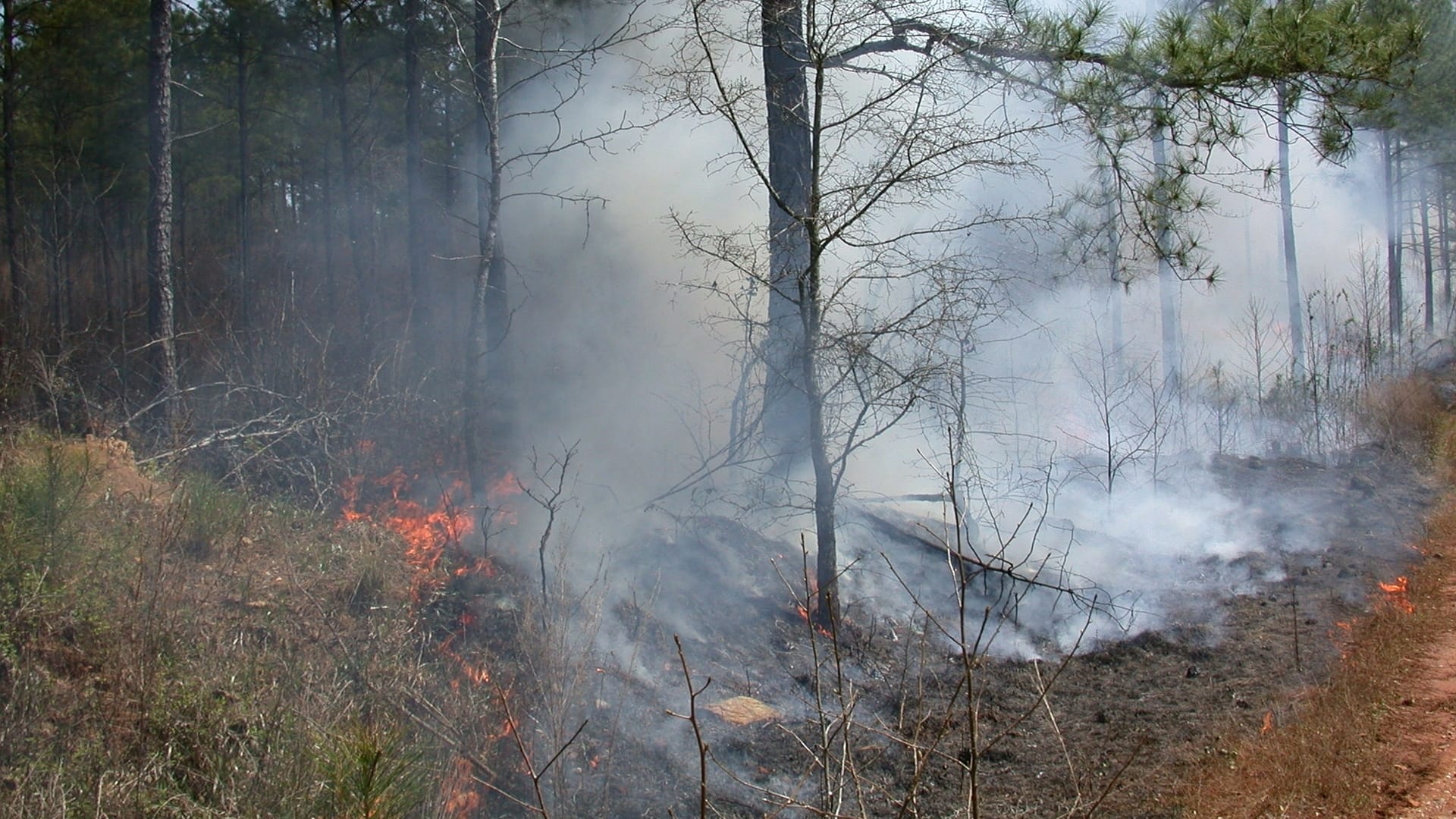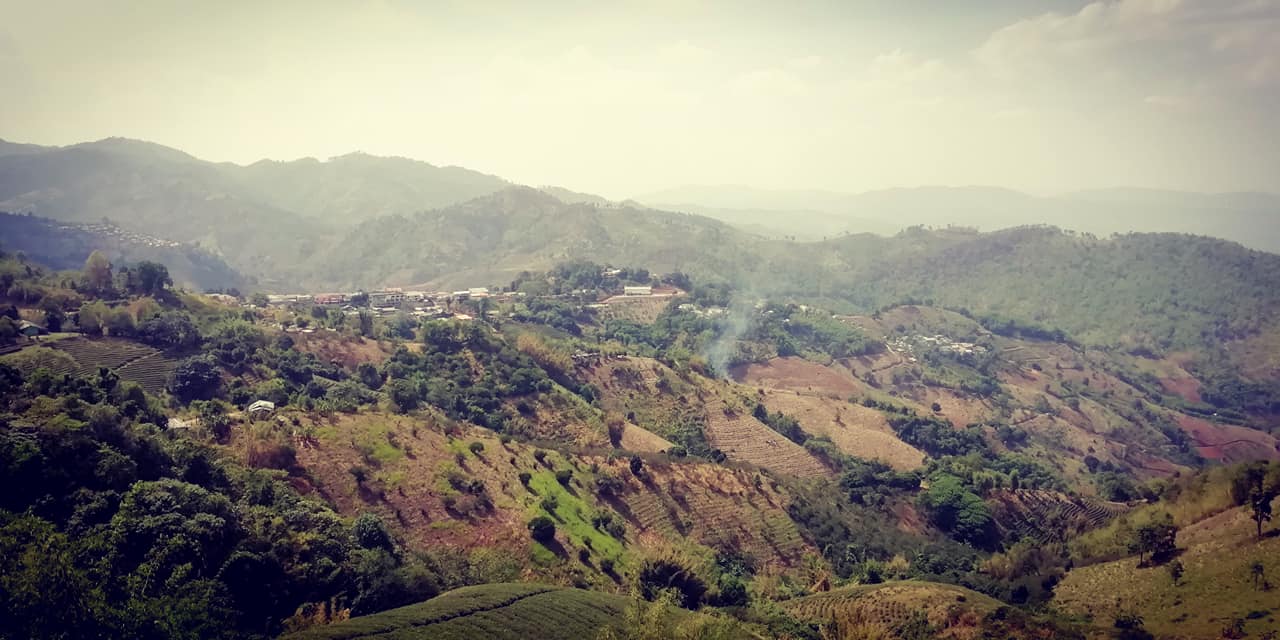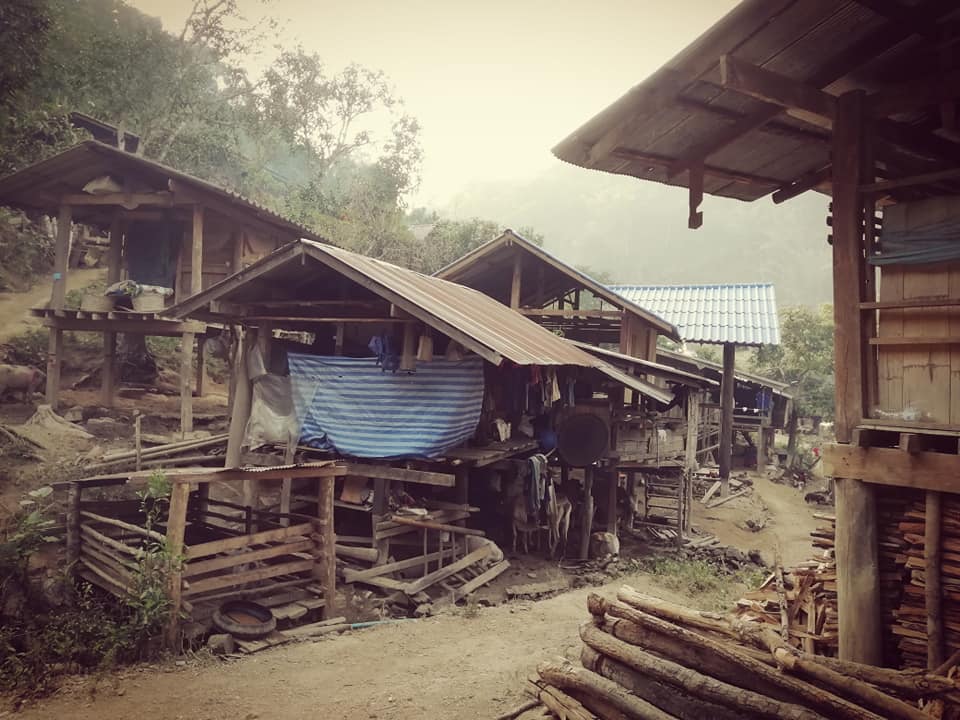Air Quality in Chiang Mai: What you need to know
Can the air quality in Chiang Mai affect your travel plans? Is air pollution a year-round issue in Chiang Mai? What causes it? How is it affecting the region and is there an ideal time to plan your trip? These are some of the questions that we receive from our guests, so we decided to write this article to explain the situation. Here are the most important points to keep in mind:
- Air pollution is caused mostly by slash and burn agriculture.
- Air pollution is not an issue for most of the year, only during the hot season.
- Air quality in Chiang Mai is mostly great during the rainy season and cold season.
- If you are healthy and use protective measures, a short exposure to air pollution should not hurt you.
- If you have pre-existing pulmonary conditions, it is best to avoid the region during the burning season.
- You can see the current AQI for Chiang Mai here.

Air pollution is a problem that generally affects the Chiang Mai region starting from the end of February or early March up until the first steady rainfall after the Thai New Year Songkran in the middle or end of April. The two major factors are slash-and-burn agricultural practices that are used by tribal people to clear the forests the land for planting rice and corn and the collection of valuable native Het Top mushrooms which are harvested after an area of the forest is burned down to reveal them. The yearly pollution leads to an increase in health issues among the local population. Tourists who are not exposed every year and have a generally shorter exposure should not experience these issues unless they have pre-existing pulmonary diseases, such as asthma or bronchitis, for example. For those who do, there are very real health risks to consider and it is best to avoid visiting northern Thailand during the burning season. During the rest of the year, the air in Chiang Mai is clean, especially when it rains and there are no fires.
Air Quality Index and how the Air Quality in Chiang Mai Compares to Other Areas
The Air Quality Index (AQI) is a system which ranks a city or geographical area based on the concentration of fine airborne particular matter in the air, which is commonly measured at PM10 and PM2.5 or 10 and 2.5 microns in diameter. PM2.5 particles are small enough to enter the blood system through lungs and are therefore the most dangerous. PM10 are small enough to enter the lungs, making them dangerous to health as well. Based on this system, during the burning season in Chiang Mai, the levels of both PM2.5 and PM10 regularly remain in the ranges between 100 and 200 µg/m3. Although these levels drop at the end of the burning season, they are highly unhealthy and contribute to a higher annual average of particulate matter pollution. According to World Health Organization guidelines, PM2.5 concentration should not exceed 10 μg/m3 annual mean or 25 μg/m3 24-hour mean while PM10 should not exceed 20 μg/m3 annual mean or 50 μg/m3 24-hour mean.
To get some perspective on how bad the situation is during the burning season we can look at other major cities considered “primary offenders” when it comes to air pollution. Los Angeles is synonymous with the smog in the air caused by rampant pollution and overpopulation and gives a maximum PM10 AQI readings of about 55 μg/m3 on a regular basis. Beijing is even worse and is well above the WHO limits with reported PM10 levels around 60 μg/m3 and above. These readings are still lower than in Chiang Mai during the burning season. Unfiltered combustion on such scale leaves the air filled with ash, whereas the concentration of other pollutants, such as pollutants from vehicle exhaust, does not. This means the risks and precautions are also different.
Though there are various metrics by which pollution is analyzed, the AQI is a pretty good broad indicator of how safe the air is at any given time.

Forest fires are started in order to make a clearing for farming or to find het tob mushrooms.
How to Stay Safe When Travelling in an Area With Air Pollution
Those visiting or passing through northern Thailand during the burning season can take some precautions to prevent any health issues from arising. Some solutions are simple and quick, while others require a little more planning and coordination. Here are the most important things to consider.
Get a 2.5 Mask
Do not use a regular surgical mask since it doesn’t have the necessary filter for particulate matter. TM2.5 masks are specifically designed to filter out pollutants while breathing and provide you with the necessary protection when your exposure to polluted air is temporary. Long-term exposure can degrade the quality of filtration, which is important to consider in case you need to buy multiple masks or if you are using a mask that allows you to change filters, multiple filters. When buying a mask, check how long a filter is expected to last and buy enough masks/filters to get you through your time in the polluted area.
Eye Protection
Air pollution can irritate your eyes, making them red and watery. This can be avoided by using lubricating eye drops and protective eyeglasses or sunglasses.
Stay Indoors
The best strategy is to avoid exposure to the polluted air by staying indoors as much as possible. If you can plan your daily activities to stay inside, you will minimize the risk. You could plan more visits to galleries and museums for instance and take a Grab or taxi to get there instead of a tuk-tuk or songthaew.
Air Filters
Investing in quality air filters is a good bet if you are staying in the area for a longer period. It is super important to make sure all the air filters in vehicles and accommodation are regularly maintained during the time of high air pollution. Even the heavy-duty filters may need to be replaced on a bi-weekly basis to effectively clean the air.

Fire in Pa Bong Piang Rice Paddies
Consequences of Air Pollution in Chiang Mai and Approaches to Solve it
Unmitigated yearly air pollution has been detrimental to the health of the local population. Some of the major issues seen by hospitals range from general irritation to the olfactory and respiratory systems to infections and chronic conditions. Since this is a yearly occurrence, conditions can worsen over time with repeated exposure and there are sadly no effective defenses to stop the long-term damage to the patients or the environment.
In recent years, the issue of air quality in Chiang Mai has come under scrutiny, causing the Thai Government to look for possible solutions which is proving to be a difficult issue to tackle since these agricultural methods are part of a long-standing tradition. Even so, measures are slowly being taken to scale back the risk to the people of Chiang Mai and the damage to the environment. Currently, we still have a long way to go to see real results, but the effort seems to be growing. Some of the ways they are attacking the issue include:
Burning Bans
Fire bans have been put in place to try to deter people from starting fires, however, there is a short time span, normally a couple of weeks only, during which tribal farmers are allowed to burn the land. This is done in an attempt to limit the duration of the burning season as much as possible while still allowing local farmers to use their traditional farming methods. Unfortunately, these measures do not seem to stop the fires outside of the designated time span, but those caught starting them do have to pay very steep fines and possibly even face jail time.
Fire Fighting and Weather Modification
Designated army forces have been deployed to try to extinguish the fires. This is done in tandem with deployment of aircrafts which seed clouds in an attempt to create more rainfall during the hot season.
Providing Resources
There is a growing effort to make masks more readily available to the general public during the burning season. As time goes on the demand for masks may slowly be met by the growing supply.

Smoke in a Tribal Village in Northern Thailand
Long-term solutions to the slash-and-burn agriculture
Slash-and-burn practices affect a large part of southeast Asia and have been used for a long time. No solid long-term solution has been brought forth due largely to the cultural boundaries that would need to be crossed to implement a widespread solution. The economic damage from not focusing on cash crops such as rice, sugarcane, and corn could be devastating to the local population as well. These are long term issues that require a well-though out plan that could slowly phase out slash-and-burn agriculture and replace it with more environmentally friendly solutions, such as crop rotation, for instance. Such a plan would require a large investment from local governments and extensive education of local farmers so that they would be aware of the issue and replacement options.
Ready to Visit Chiang Mai?
All this being said, Chiang Mai is a great place for everyone to visit throughout most of the year. You can check out all the amazing opportunities for adventure we offer in the area and book your trip today or contact us if you want to learn more!

